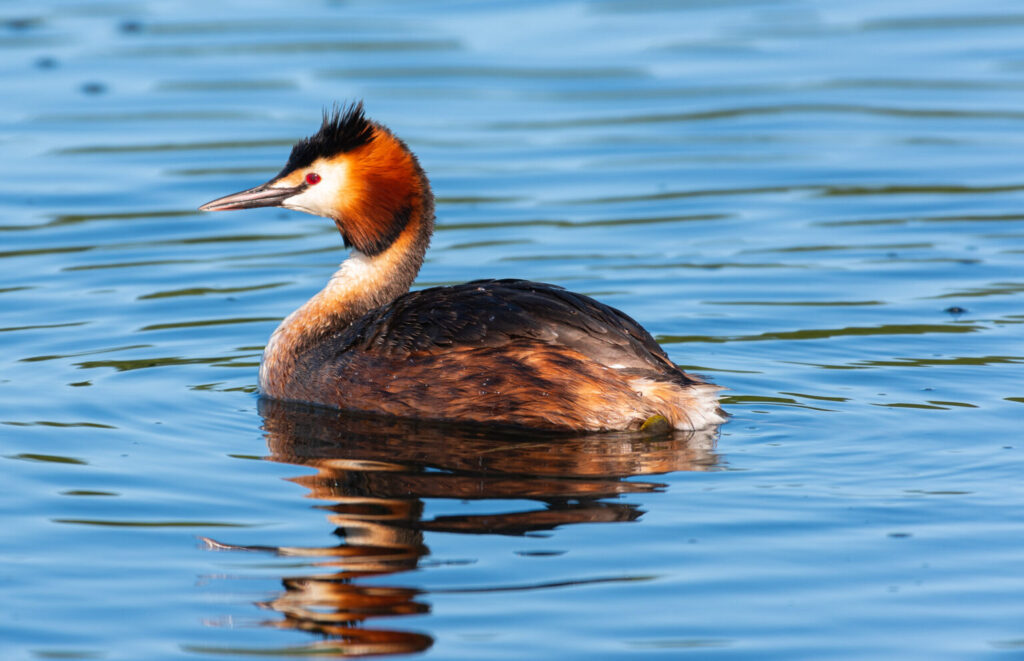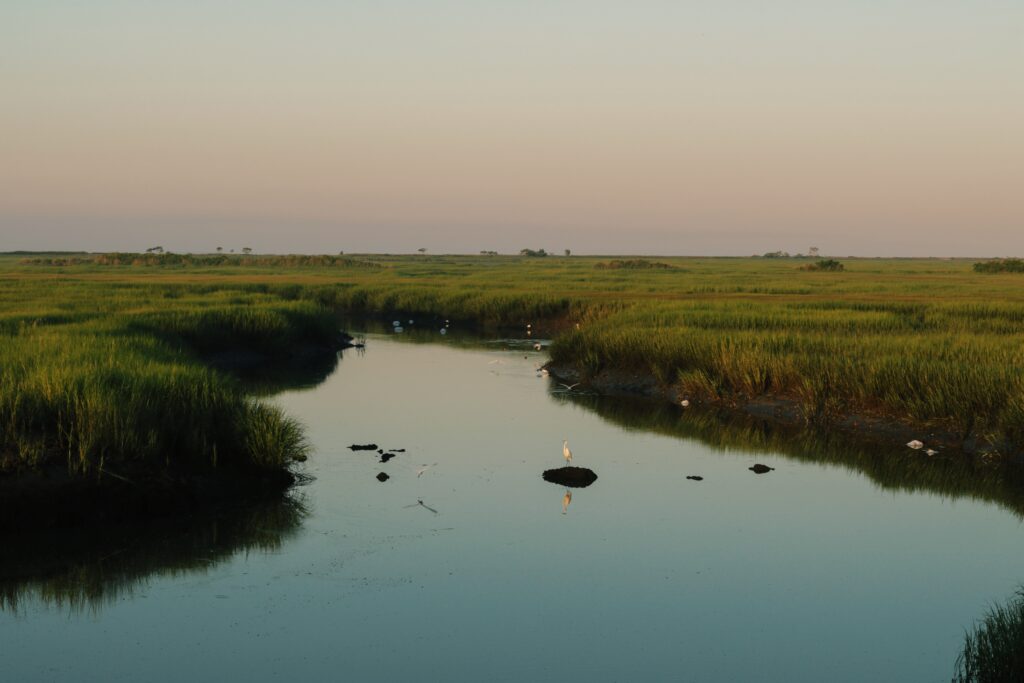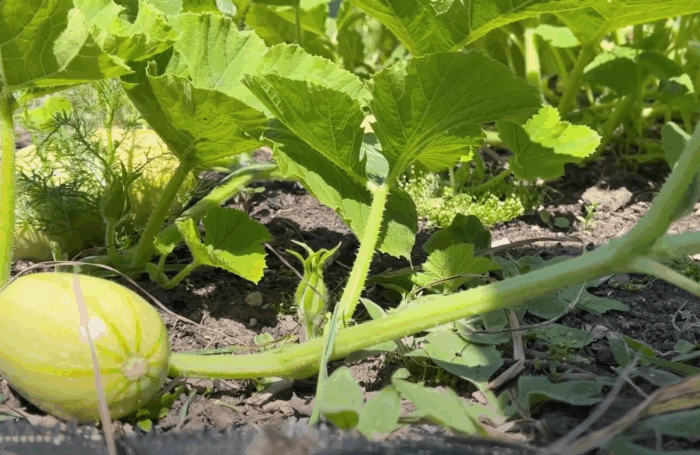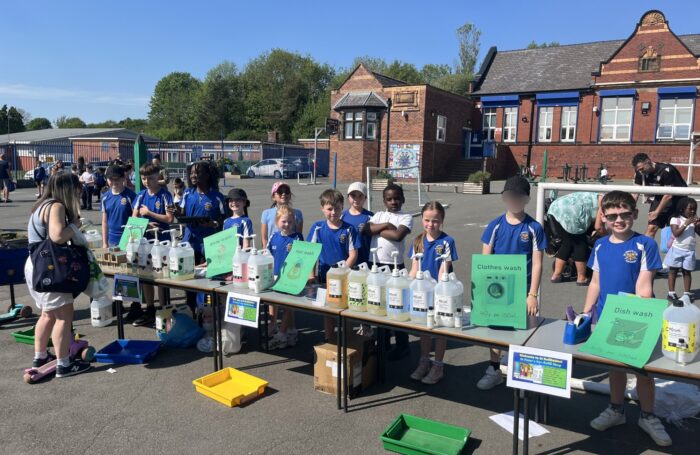Greater Manchester is one of five areas selected by the Government to pilot the development of a Local Nature Recovery Strategy.
Local Nature Recovery Strategies will become a statutory requirement when the Environment Bill 2020 gains Royal Assent later this year.
The Local Nature Recovery Strategy in Greater Manchester will be Greater Manchester’s Nature Recovery Plan. It is being created through a collaborative process led by Greater Manchester Combined Authority (GMCA) in partnership with Natural England and the Greater Manchester Ecology Unit.
Read the final report of the Greater Manchester Local Nature Recovery Strategy Pilot.

What will the plan do for Greater Manchester?
In the Nature Recovery Plan, we will clearly set out our vision and priorities for nature’s recovery and the practical actions needed to restore declining species and habitats. The plan will help us put funding and partnership work where it is needed most. It will drive nature-based solutions for nature’s benefit and deliver other environmental, economic and social benefits to our city region.
Our overall approach is based on the Lawton Report, Making Space for Nature[1], which sets out recommendations to help achieve a healthy natural environment for our plants and animals to thrive. This recommends focussing on current wildlife sites, usually the existing nature conservation sites, as the start of efforts to reverse the decline in wildlife. From there, it recommends:
- Improving the quality of current wildlife sites by better habitat management
- Increasing the size of current wildlife sites
- Enhancing connections between wildlife sites, either through physical corridors, or through ‘stepping stones’
- Creating new wildlife sites
- Reduce the pressures on wildlife by improving the wider natural environment
To be more resilient, Greater Manchester’s ecological network needs to be: more, bigger, better and joined.

What will the Nature Recovery Plan be used for?
Greater Manchester’s Nature Recovery Plan will be the blueprint for anything and everything nature based. It will set out what nature needs to be restored to its former glory, identifying the most important drivers of biodiversity, as well as the locations that would create the biggest change.
It will also:
- Create a healthier and greener Greater Manchester
- Support local collaboration and partnerships
- Direct and support local policy including:
- Biodiversity Net Gain
- Habitat Banking
- Environment Land Management
- Green Infrastructure
- Provide better access to nature and green spaces
- Increase natural environment funding, putting it where it matters most
- Help to tackle climate change and resilience
Who should be interested in the Nature Recovery Plan?
The Nature Recovery Plan is there to serve nature’s recovery, but that means we all need to play our part. The Plan will have practical measures for:
- Developers and Local Planning Authorities to target biodiversity net gain investments
- Local Planning Authorities in helping to produce local plans
- Environmental Land Management decision makers
- Land managers looking for information on the opportunities and priorities for nature recovery
- Non-Government Organisations (NGOs) in shaping their efforts to recover nature and contributing to a national Nature Recovery Network
- Investors and private funds (e.g. Corporate Social Responsibility funds and water companies) looking to achieve the maximum benefit for their investment by aligning it with others
- Central government, Arm’s Length Bodies and agencies looking to align their activities and funding streams (e.g. nature for climate and flood risk management funding) with existing and planned activities



